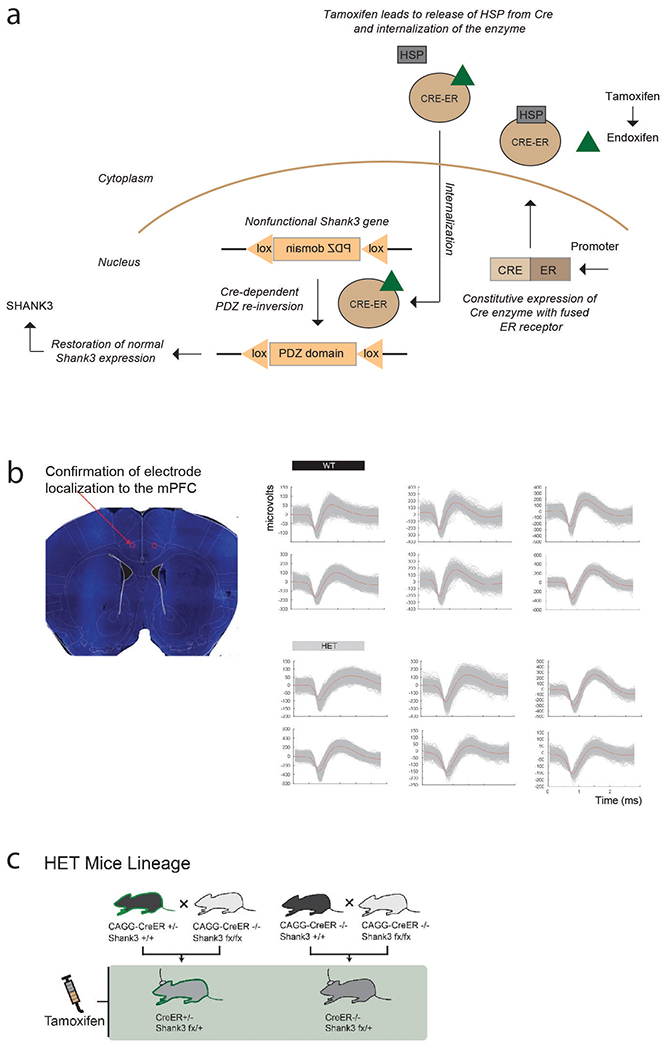Extended Data Fig. 1. Animal preparation and electrophysiological recordings.

a. Illustration depicting the Cre-lox system and its use in restoring Shank3 expression in adult mice. Cre-dependent FLEx switch constructs capable of controlling Shank3 expression are made by creating Shank3fx/+:CreER+/− mice in which Cre recombinase (CRE) is fused to an estrogen receptor (ER) protein. Here, an inverted PDZ domain (the membrane anchoring portion of SHANK3) is ‘floxed’ by two lox sites and, therefore, renders the mice heterozygous Shank3. CRE-ER is expressed constitutively. Normal Shank3 expression is restored by either delivering systemic TMX or local endoxifen to the mice. Binding of endoxifen to the ER receptor leads to dislodgement of the associated heat shock protein (HSP) from CRE which then allows it to enter the nucleus. Once in the nucleus, CRE leads the floxed PDZ sequence, flanked by two loxP sites, to be inverted through recombinase-mediated cassette exchange. Finally, inversion of the PDZ sequence leads to normal production of SHANK3. b. Representative waveform morphologies and recording locations. Displayed left is a histological section with bilateral electrolytic lesions indicating the microelectrode recording locations from the medial prefrontal cortex (mPFC). Right are representative waveform morphologies from six putative neurons recorded each from the mPFC of WT and HET mice. c. Shank3fx/+:CreER+/− mice were created by crossing CAGG-Cre-ER+/− with Shank3fx/fx mice. Shank3fx/+:CreER−/− mice were created for control comparison. Only littermates were used for comparisons and all were male mice.
